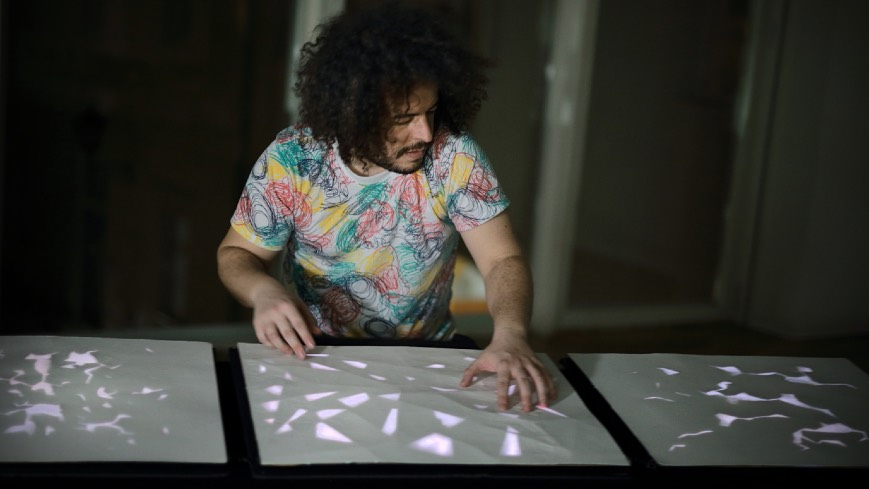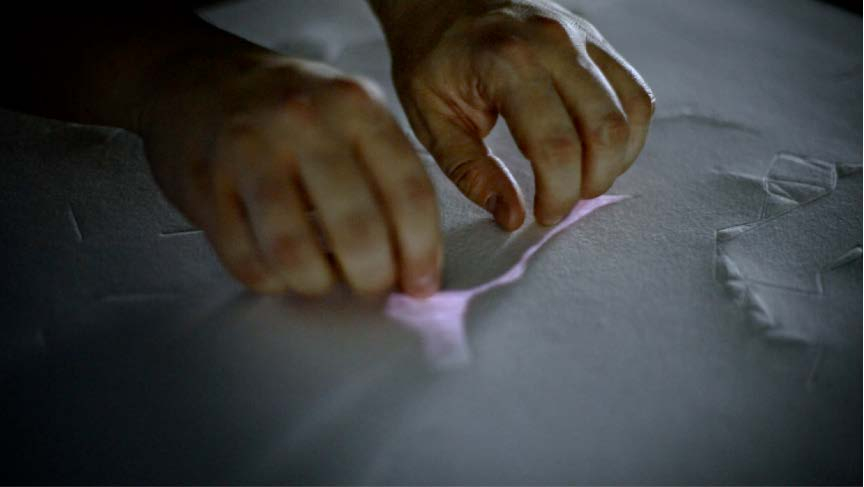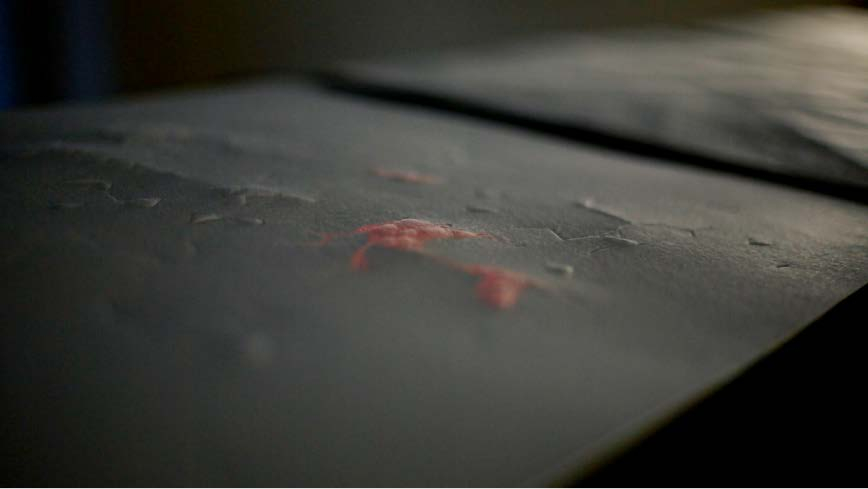Enrique Tomás (1981) is a sound artist and researcher dedicated to finding new ways of expression and play with sound, art and technology. His work explores the intersection between sound art, computer music, locative media and human-machine interaction. He has exhibited and performed throughout Europe and America at the spaces of ZKM, Ars Electronica, Sónar, IRCAM, STEIM, etc. Tomás is also an active researcher on the field of new interfaces for musical expression. He is affiliated to the Interface Cultures department of the University of Art and Design of Linz, and his research has been presented at international peer-reviewed conferences like NIME, ICMC, SMC, TEI and TENOR. His artistic work has been supported and awarded with scholarships by Telefónica Vida, Phonos Foundation, the Academy of Fine Arts of Vienna and the Art Council of Madrid.Working with ‘space’, he make us discover our capabilities for active listening in extreme range of amplitudes and frequencies. Without concessions to music his performances explore individual construction via aural imagination.
A Moment of Transistion
A Moment of Transition is a live electronics performance with a novel interface whose form was inspired by particular sound gestures. Through the ‘action of the hand’ Tomás’ explores the tactile patterns engraved on the instrument. A machine learning system clusters and recognises tactile and sonic contents enabling real- time manipulation of digital information previously stored and analysed in the computer. A generative lighting system augments the paper’s physical materiality while it also inscribes a visual narrative inspiring musical forms. The result of this physical encounter is a live performance where sound, light and interface become both musical notation and instrument.
This performance shows us how much our body is the central actor enabling those ‘moments of transition’ when an artistic intention becomes physical and sonic outcome. Our bodies, embedded in a perpetual action and perception loop, explore physical materialities and inform us about the world. But our bodies are noisy. They do not only enable performance but they also sculpt our being-in-the-world. In A Moment of Transition interface's materiality becomes physical notation provoking a musical performace. Tomás' noisy hands, freely exploring the affordances of this system, produce the sound work we perceive.
Technically, touch sensors and contact microphones are used to capture tactile activity on the paper which has been embossed with a CNC. This information is used to drive a machine learning system resynthesizing captured gesture into sound. This is achieved after ordering and concatenating chunks of a digital sound previously analysed and clustered by the same algorithm.


